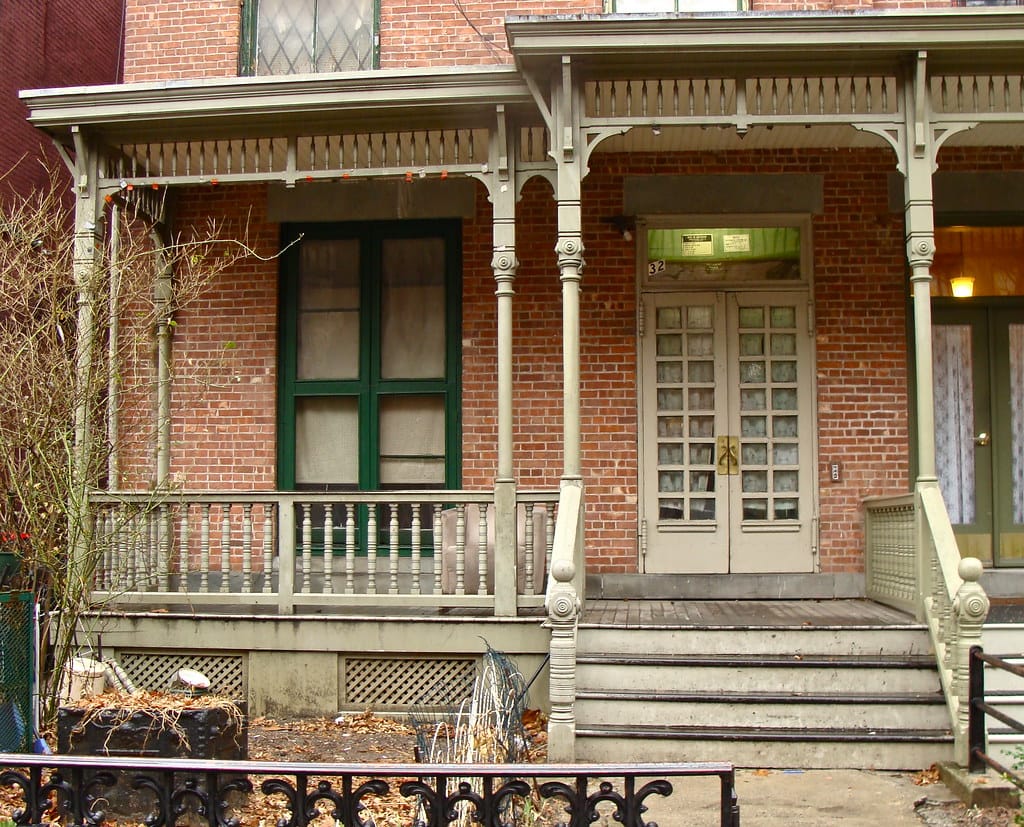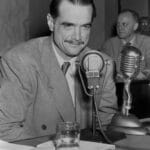From Fur to Fortune: William Backhouse Astor Sr. and the Shaping of New York City
William Backhouse Astor Sr., heir to the Astor fortune, transformed his father’s merchant success into a vast real estate empire, shaping the landscape of 19th-century New York City. Born in 1792, Astor Sr. inherited not only considerable wealth but also a keen business acumen from his father, John Jacob Astor, a prominent figure in the fur trade. While often overshadowed by his flamboyant father, William Backhouse Astor Sr.’s shrewd investments laid the groundwork for the Astor family’s enduring wealth and influence.
The Making of a Real Estate Tycoon
In 1815, William Backhouse Astor Sr. joined his father’s firm, John Jacob Astor & Son. However, his sights were set beyond the fur trade. Recognizing the burgeoning potential of Manhattan real estate, Astor Sr. began strategically acquiring land, often in large tracts, anticipating the city’s northward expansion. This foresight proved incredibly lucrative, as he amassed over 700 properties, including stores, houses, and eventually, some of New York City’s most prestigious addresses.
Astor Sr.’s impact on Manhattan’s physical landscape was profound. His investments were instrumental in the development of the city’s grid system and the rise of upscale neighborhoods like Gramercy Park and Murray Hill. He purchased land along prominent avenues like Fifth Avenue and Broadway, shaping the city’s street grid and laying the foundation for its future development.
A Legacy of Wealth and Controversy
Astor Sr.’s relentless pursuit of profit, however, had its downsides. While he provided housing for a growing population, some of his properties, particularly those rented to working-class residents, were criticized for their overcrowded and substandard conditions. This contributed to the growing pains of a rapidly expanding metropolis and earned him the label of “slumlord” from some quarters.
Despite these criticisms, Astor Sr. also exhibited a philanthropic side. He believed in civic duty and the importance of education, contributing generously to institutions like Trinity Church and founding the Astor Library, a precursor to the New York Public Library. This institution, a testament to his belief in the power of knowledge, provided free access to literature and became a cornerstone of New York City’s cultural landscape. However, some historians suggest that his philanthropy was, in part, a strategic means to enhance his public image and deflect criticism of his business practices.
The Astor Family: Enduring Influence and Evolving Roles
William Backhouse Astor Sr. died in 1875, leaving behind an estimated fortune of $45 million (equivalent to billions today), making him one of the wealthiest men of his time. His descendants, including his son William Backhouse Astor Jr., inherited this vast fortune and continued to shape New York society for generations.
While no single individual currently holds the mantle of “head” of the Astor family, William Waldorf Astor III, the 4th Viscount Astor, stands as a prominent figure, particularly within the British branch of the family. His endeavors span business, writing, and politics, reflecting the diverse paths forged by modern-day Astors.
The legacy of Brooke Astor, a renowned philanthropist and socialite, also continues to resonate through the Brooke Astor Foundation. Her unwavering dedication to the arts and charitable causes solidified the Astor family’s commitment to philanthropy, a tradition passed down through generations.
A Complex Legacy
William Backhouse Astor Sr.’s life and legacy offer a glimpse into the complex social and economic forces that shaped New York City’s rise to prominence. His story is a nuanced tapestry woven with threads of ambition, innovation, wealth, and controversy. Astor Sr. was a visionary who left an indelible mark on the physical landscape of New York City, but his pursuit of profit also exacerbated the challenges faced by the city’s less affluent residents. While his philanthropic endeavors aimed to improve the lives of many, they also underscore the intricate relationship between wealth, power, and social responsibility in a rapidly changing world.
- Crypto Quotes’ Red Flags: Avoid Costly Mistakes - June 30, 2025
- Unlock Inspirational Crypto Quotes: Future Predictions - June 30, 2025
- Famous Bitcoin Quotes: A Deep Dive into Crypto’s History - June 30, 2025
















